Mastering the Basics of Chinese Poker | A Comprehensive Guide of India24bet
Chinese poker distinguishes itself within the poker family by presenting a unique gameplay experience, deviating significantly from traditional variants such as Texas Hold’em. In this card game, each player is dealt a total of 13 cards and is challenged with the creation of two five-card hands and one three-card hand.
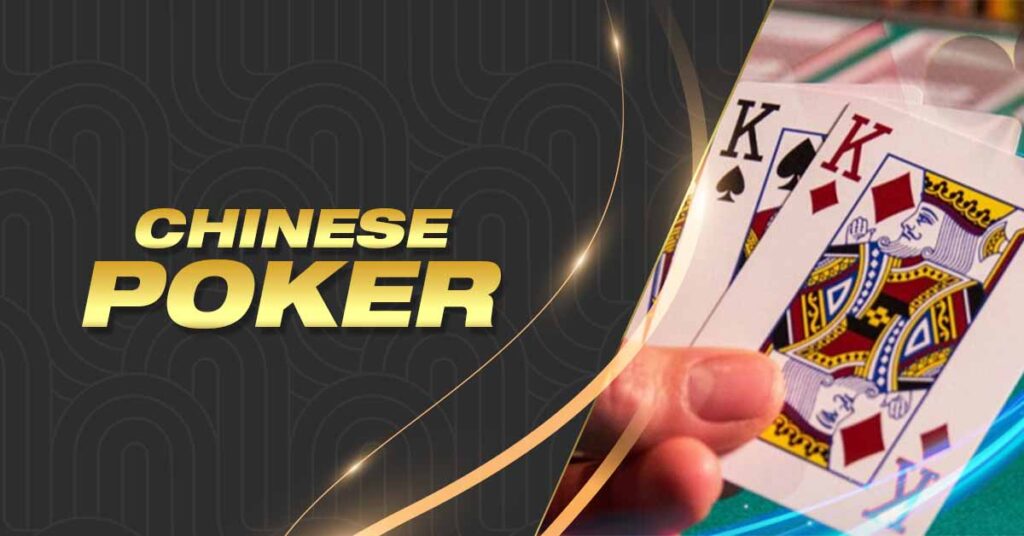
Points are scored in Chinese poker based on the quality of the hands formed, adhering to standard poker hand rankings. Let’s delve into the specifics of how to engage in a game of Chinese poker.
Chinese Poker Rules
The rules of Chinese poker are rooted in standard poker hand rankings, where the royal flush reigns as the most formidable hand. While the basics are straightforward, mastering the art of scoring points and their calculation may require a few minutes of practice.
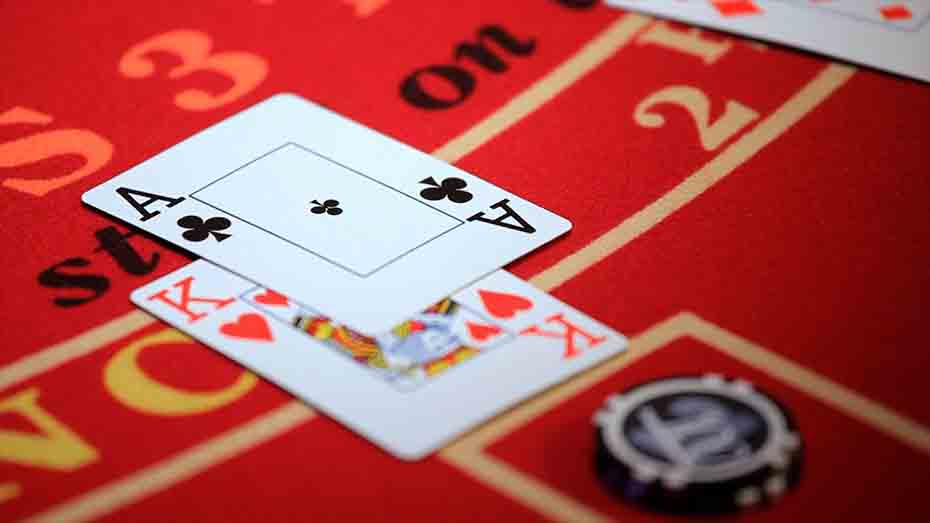
Here’s a concise guide to Chinese Poker rules:
These rules provide a simplified overview. Delve deeper into the intricacies of this captivating card game for a more comprehensive understanding of its dynamics.
Chinese Poker Cards Arrangement
In the arrangement of cards in Chinese poker, players are required to distribute their 13 cards into three distinct hands: a “back” hand comprising 5 cards, a “middle” hand with 5 cards, and a “front” hand consisting of 3 cards. Following standard poker hand rankings, the back hand must surpass the middle hand in strength, and the middle hand must, in turn, outclass the front hand.

The hierarchy of hand types adheres to the conventional poker ranking, ranging from the highest to lowest: royal flush, straight flush, four of a kind, full house, flush, straight, three of a kind, two pairs, one pair, and high card. Notably, there are no wild cards in play.
Given the limited number of cards in the front hand (3 cards), only three hand types are possible: three of a kind, one pair, and high card. Consecutive cards or cards of the same suit in the front hand, typically known as “straights” or “flushes,” do not hold significance.
Chinese Poker Scoring System
The scoring system in Chinese Poker encompasses various methods, with one common approach assigning a point for each hand position in which a player’s hand surpasses their opponent’s. In a two-player game, one point is earned for a superior back hand, middle hand, and front hand. Achieving victory across all three hands results in a three-point bonus, known as “scooping.”
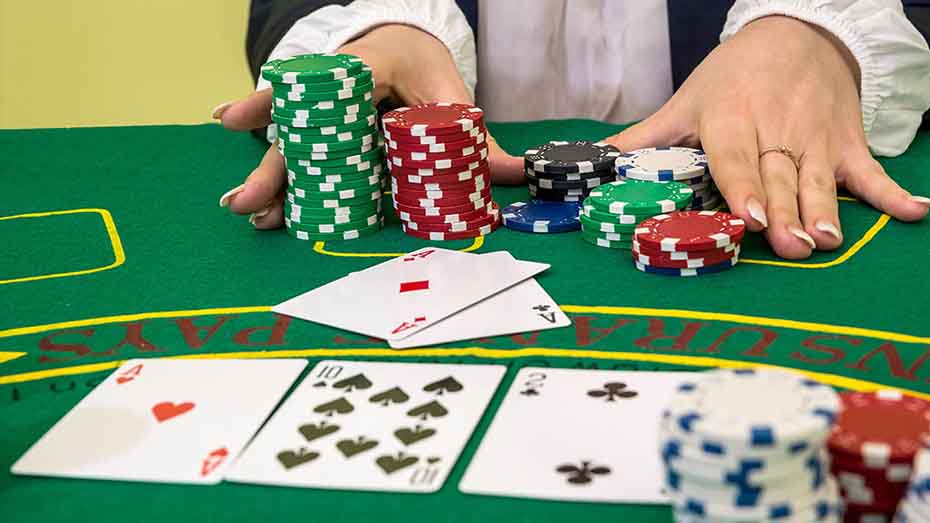
In games involving 3-4 players, points are individually tallied against each opponent, and these points are then aggregated to determine the final score for a round.
Consider the following example in a two-player game:
Your Hand:
Opponent’s Hand:
You win the back and middle hands, earning +1 point each. However, you lose the front hand, resulting in a deduction of -1 point. The total score for the round is +1 point.
Upon analyzing the optimal arrangement of your cards, you could have scored more points:
Your Hand (Optimal):
In this configuration, you win all three hands, securing a total of +6 points for the round—+3 for winning each hand and an additional +3 for the scoop bonus.
While the back and middle hands may not be as robust in this optimal arrangement, they remain strong enough to outdo your opponent. The front hand, in particular, prevails due to a superior one-pair hand. As a result, you accumulate a total of +6 points, demonstrating the strategic nuances and scoring potential in Chinese Poker.
Natural Cards
In Chinese Poker, Naturals are special combinations that immediately yield a payout for the player. Players must declare their Naturals before any opponents have the chance to surrender. Once a player is paid for their Natural, they continue with the game to compare their hands against other players. Naturals are unique in that they pay out regardless of the hands held by other players, even if those hands consist of higher-ranking Naturals or superior sets.
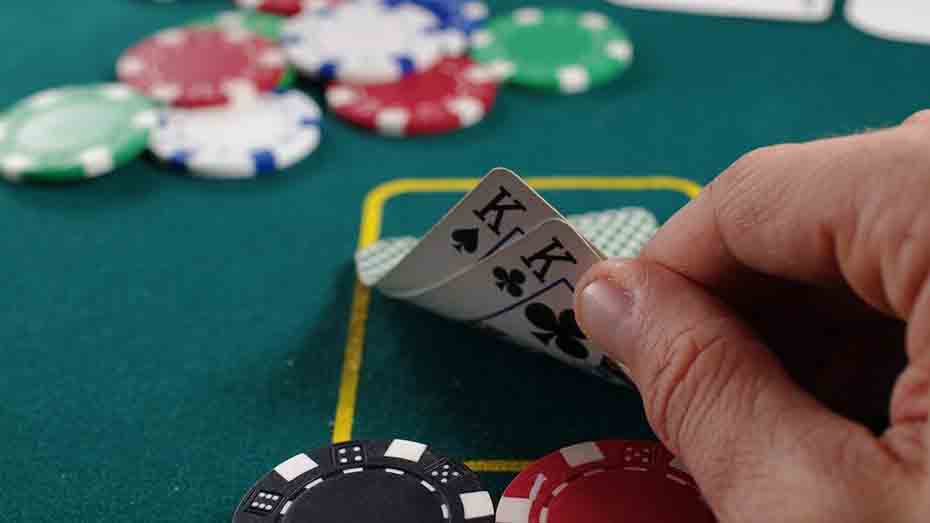
The Naturals, ranked from highest to lowest, are detailed below:
| Natural | Description | Payout | Example |
| Clean Dragon | A thirteen-card Straight Flush | 108 units from each player | 2♦ 3♦ 4♦ 5♦ 6♦ 7♦ 8♦ 9♦ 10♦ J♦ Q♦ K♦ A♦ |
| Dragon | A thirteen-card Straight | 36 units from each player | 2♥ 3♣ 4♥ 5♠ 6♥ 7♣ 8♠ 9♥ 10♣ J♣ Q♠ K♥ 2♦ |
| 12 Royalties | Face Cards and Aces only | 32 units from each player | J♦ J♥ J♣ J♠ Q♦ Q♥ Q♣ Q♠ K♦ K♥ K♣ K♠ A♣ |
| Three Straight Flushes | Each hand forms a Straight Flush | 24 units from each player | 3♦ 4♦ 5♦ / 6♣ 7♣ 8♣ 9♣ 10♣ / 7♠ 8♠ 9♠ 10♠ J♠ Q♠ |
| Three Quads | Three 4-kinds with a wildcard | 20 units from each player20 units from each player | 3♦ 3♣ 3♠ 3♥ 7♣ 7♦ 7♠ 7♥ 9♦ 9♣ 9♠ 9♥ 10♣ |
| All Low/All High | All cards are 8 and above, or 8 and below | 12 units from each player | 8♦ 8♠ 9♠ 10♣ J♣ etc. / 8♦ 5♣ 2♣ 2♣ 7♥ etc. |
| Full-Colored | All cards are of the same “color.” | 10 units from each player | 3♥ 6♦ 7♦ 8♥ 10♦ etc. / 5♣ 6♠ 8♠ 2♣ 6♣ etc. |
| Four Triples | Four 3-kinds with a wildcard | 8 units from each player | 3♥ 3♦ 3♣ 4♦ 4♣ 4♥ 7♠ 7♦ 7♥ 8♣ 8♦ 8♥ 6♠ 10♣ |
| Six and a Half Pairs | Six Pairs with a wildcard | 6 units from each player | 9♥ 9♦ 10♥ 10♠ J♦ J♣ 5♥ 5♠ 6♥ 6♣ 7♥ 7♠ 8♣ |
| Three Straights | Each hand forms a straight | 4 units from each player | 2♥ 3♦ 4♣ / 2♦ 3♣ 4♠ 5♠ 6♥ / 9♣ 10♦ J♣ Q♠ K♥ |
| Three Flushes | Each hand forms a flush | 3 units from each player | 6♦ 8♦ 9♦ / 10♣ J♣ Q♣ 6♣ 3♣ / 2♦ 4♦ 5♦ 6♦ 7♦ |
| No Broadway | No face cards, Aces are low | 3 units from each player | 7♦ 5♦ 6♥ 9♠ 8♣ 10♣ 7♣ 2♣ 6♦ 8♣ 9♠ 2♥ 5♥ |
Unique Chinese Poker Rules
Chinese poker encompasses various nuances in hands and regulations:
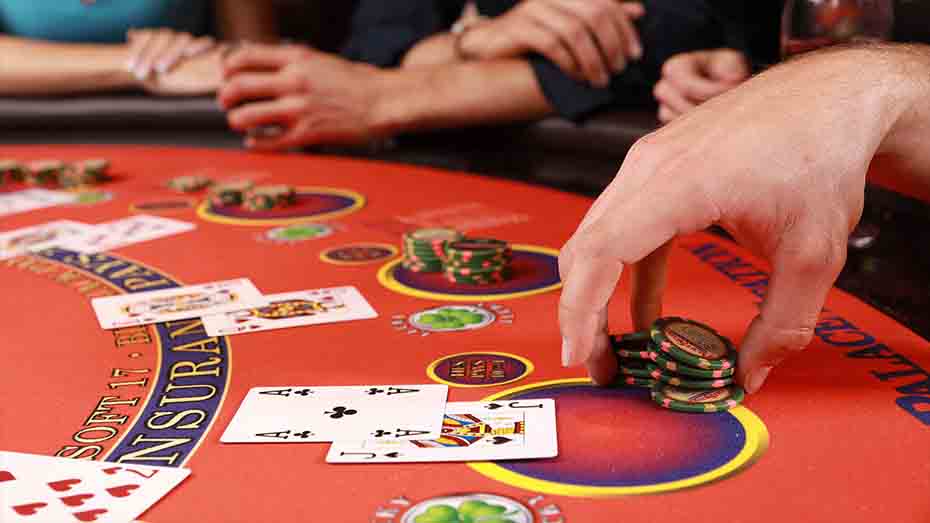
Scooping
When a player achieves a sweep, winning all three hands against an opponent, they often receive a bonus. The customary bonus is twice the points, signifying that Player 2 would gain 6 points from Player 3 for successfully sweeping in this round.
Foul Hand
Should a player mishandle their hand (by either arranging it against the specified rules or holding an unauthorized number of cards in a particular hand), the opposing players automatically secure a sweep.
Lowball in the Middle
As an alternative to the standard poker hand for the middle five-card set, players have the option to designate the middle hand as a 2-7 Lowball hand.
Royalties Recognition
While some players grant royalties to any participant with a hand deserving of royalties, it is customary for these rewards to be exclusively bestowed upon the player who prevails in the hand comparison. For instance, if Player 1 holds quad sixes, but Player 2 possesses quad sevens, only Player 2 would be entitled to the royalty.
Refined Point Systems
Certain players introduce additional complexity by associating distinct point values with specific royalties. In Chinese poker, the rules governing point distribution are never fixed. Players can opt for any system or combination of rules, provided there is consensus among all participants before initiating the dealing process.
FAQs
Conclusion
In conclusion, Chinese poker offers a captivating twist to traditional poker, requiring players to strategically organize their 13 cards into distinct hands. The game’s unique rules, scoring system, and the possibility of introducing customized nuances make it an engaging and dynamic card game, providing both novices and experienced players with a refreshing challenge. As players delve into the intricacies of Chinese poker, they unlock a realm of strategic possibilities and discover the art of mastering diverse hands for optimal scoring.

















